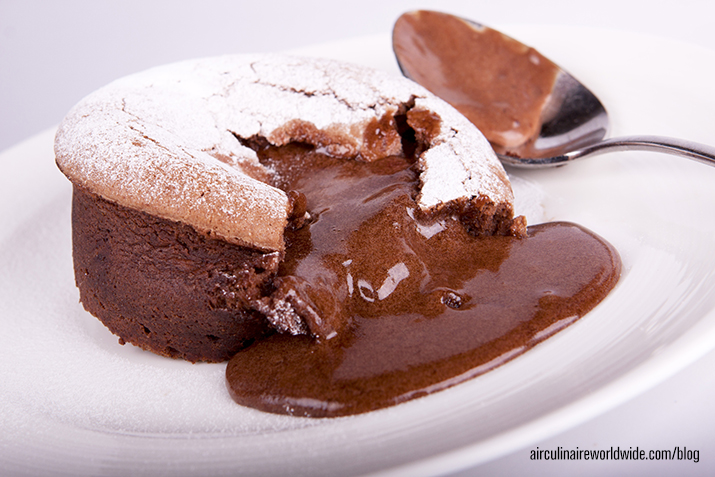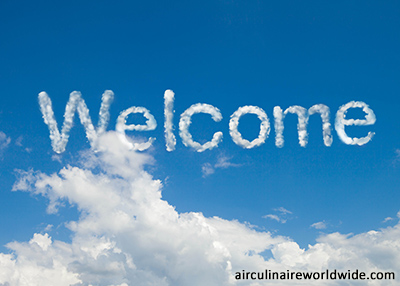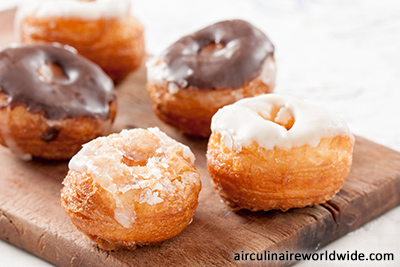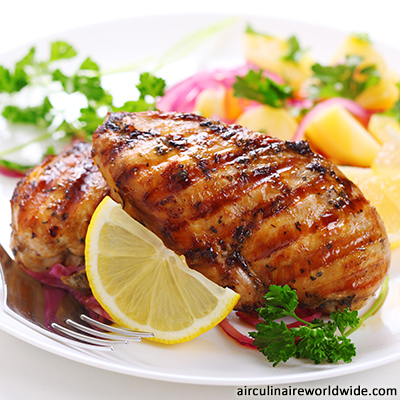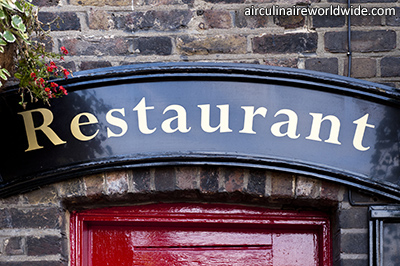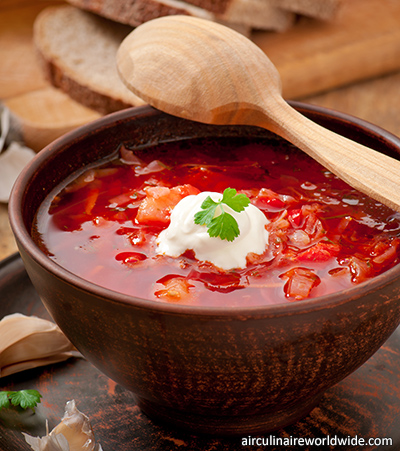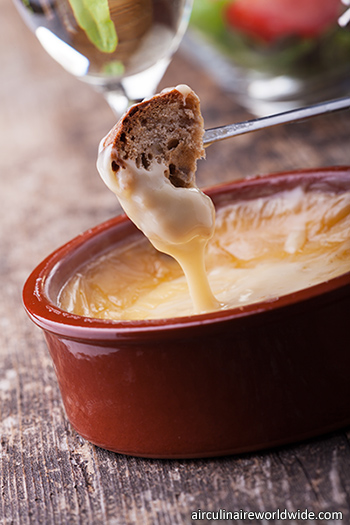Anybody familiar with the culinary arts will tell you that cooking is half art, half emotion and half science. Yes, that is more than 100 percent, but true cooks put as much as they can into everything they create – even if it defies logic. My mentors have always said that the first two are not teachable; you either have it or you don’t. The last one, on the other hand, is truly a learned skill. Even the most passionate of hearts and keenest of eyes for design cannot be successful if they do not understand the steps to their creation. Enter: the science of cooking!
There are numerous scientific reasons behind culinary creations we experience each and every day, from a simple perfectly golden-brown slice of toast to the exquisite spun-sugar sculptures on a dessert. As many chemistry and physics properties there are of cooking, there are as many “cooking with science” books out there. I personally own and have read at least five or six books dedicated to the science of cooking. Here are just a few of my go to’s:
- The Science of Cooking – Peter Barham
- The Science of Cooking: Understanding the Biology and Chemistry Behind Food and Cooking
- The Science of Good Cooking – Cooks Illustrated
- The Best Recipes (the whole series) – Cooks Illustrated
- On Food and Cooking; The Science and Lore of the Kitchen – Harold McGee
- The Food Lab (just got this one for Christmas) – J. Kenji Lopez-Alt
I still reference them from time to time, not to learn how to cook, but rather to re-understand why ingredients and food items do what they do when I cook. In the interest of science, and its relationship to food, we will discuss why a soufflé does what it is designed to do (or at least what we hope it will do!).
The Ingredients of a Soufflé
There are two parts of the soufflé:
- The Base – This can be utilized to create a flavor – in this case, chocolate – or it can be an ingredient intended to be the actual souffléed item – like potatoes.
- The Egg Whites – The actual scientific magical ingredient.
Let’s get the base out of the way, as it is the easiest to understand and manage. The most important things to remember about the base is:
- The base is of a smooth consistency – lumps can be too heavy for the soufflé to rise and results in uneven heat, which also impacts the ability to rise evenly.
- The base is not heavy-laden – weighty items in a base can strain or negate the rising ability of the soufflé.
- The base must be room temperature – a base that is hot will cook the egg whites and a base that is cold will make it difficult to evenly fold in the whites, reducing the “fluff” structure of the egg whites.
- Add the egg whites to the base and not vice versa – the intention is to lightly combine the light item (the egg whites) into the heavy item (base).
Now onto the egg whites!
The most important things to remember about the egg whites are:
- Use room-temperature fresh eggs – cold eggs require more work to whip and the extra effort can hinder the lift.
- Make sure the only things in the bowl are the whites – it is easy to accidentally allow a small bit of yolk to get into the egg whites, but remember – egg yolks are fat and will inhibit the egg whites from properly forming.
- Do not use a plastic bowl – plastic bowls are hard to really clean completely and can harbor things that are detrimental to the egg whites, like fats and soap detergent.
- Add a pinch of love – a pinch of salt for savory soufflés or a pinch of sugar to the egg whites will help in stabilizing the egg whites.
- Add an acid to the egg whites – the incorporation of lemon juice or cream of tartar helps to strengthen the structure of the mixture.
- Move quickly with the finished, whipped egg whites – the whipped egg whites will quickly lose the required trapped air needed for lift.
- Use a metal spoon when folding in the whites – along the same theory as the plastic bowl, wooden or plastic spoons can harbor fats or soaps.
- Do not overwork or overfold – rough treatment can dry out or weaken the structure of the egg whites.
Method of Making Chocolate Soufflé
Now that you have combined the base and the whipped egg whites, place the mixture into a treated ramekin or dish, level off the mixture with the back of a knife and cook on the bottom shelf of a preheated 350 F (177 C) oven for about 30 minutes. Do not open the door during the cooking process. When the center is set, the soufflé is complete.
We have the two components, and understand what has to be done to create the soufflé. Now, we move onto how these things come together to create the soufflé.
The Science of Making Soufflé
The magical ingredients, the egg whites, are what make the soufflé a soufflé. Here is how it works. Egg white proteins are hydrophobic – translated into English, “afraid of water.” In a natural state, these proteins form spheres around themselves to avoid the introduction of water. When the whites are whipped, a large amount of air is introduced to the mixture. As the mixing increases, the air bubbles are entrapped in the protein strands, creating a lattice structure and stable foam. Any introduction of fats or impurities into the whipping of the foam prevents the proteins from creating these structures. This is why it is important to use a non-plastic bowl and whip as noted above. When the final mixture is introduced to heat, the trapped air bubbles expand (Charles’s Law) causing the lift required in a soufflé.
Now that you have the science behind the soufflé, all you need is to develop the passion and artistry to create your own soufflé.
Bon appetit!
Questions?
If you have any questions about this article or flight crew culinary training, contact me at rpeterson@airculinaire.com. For questions about in-flight catering, contact weborders@airculinaire.com.
